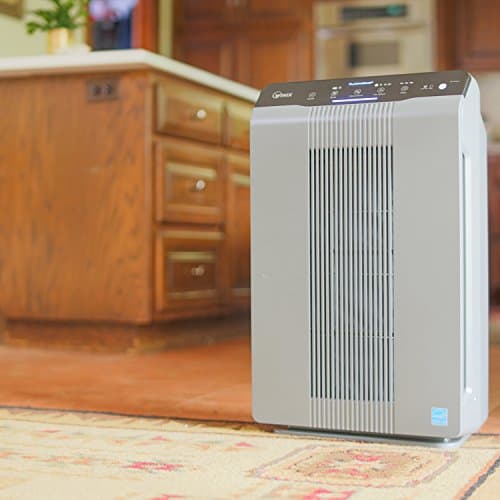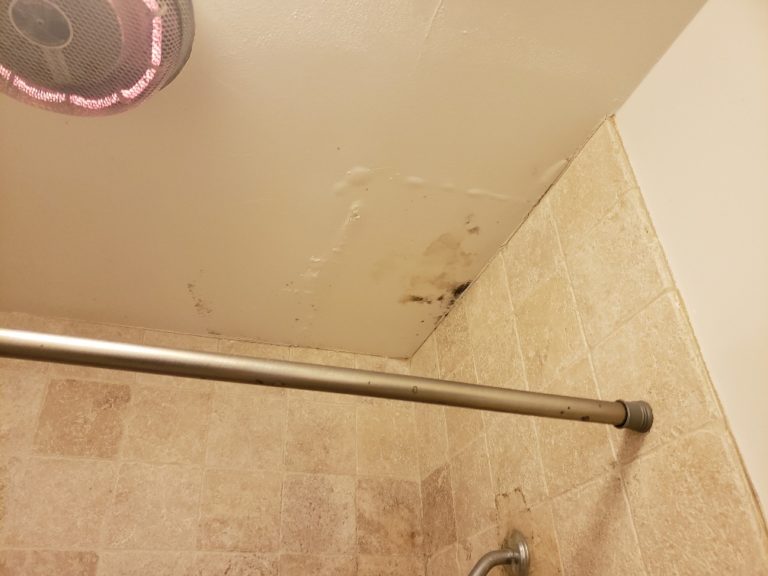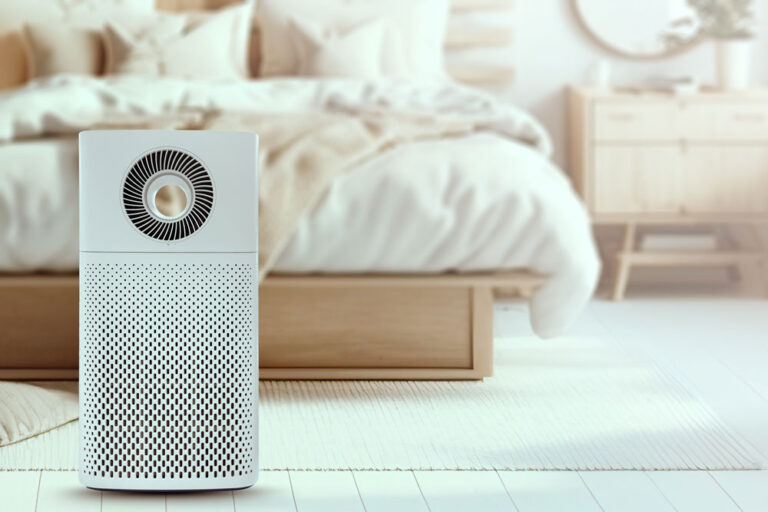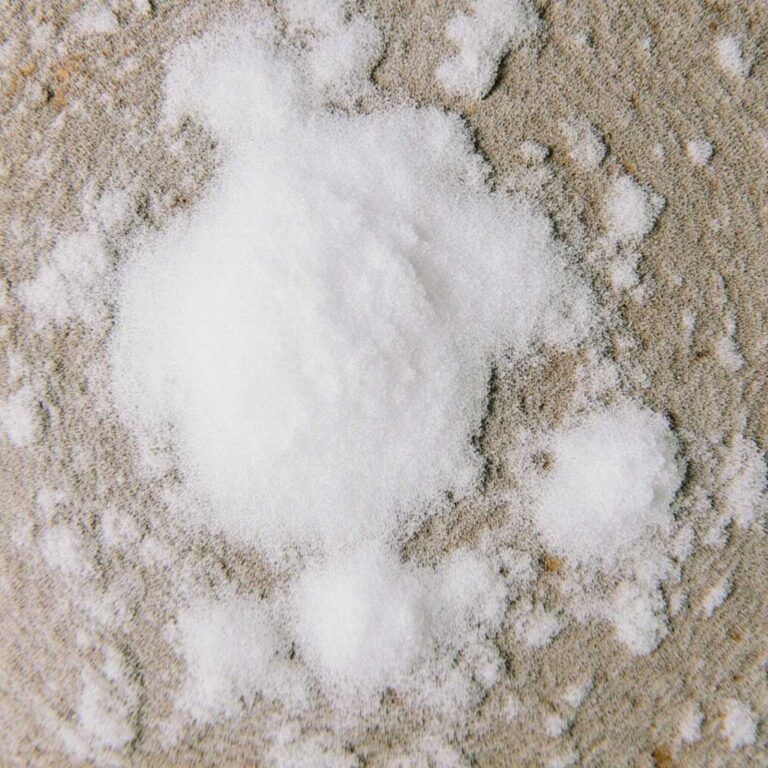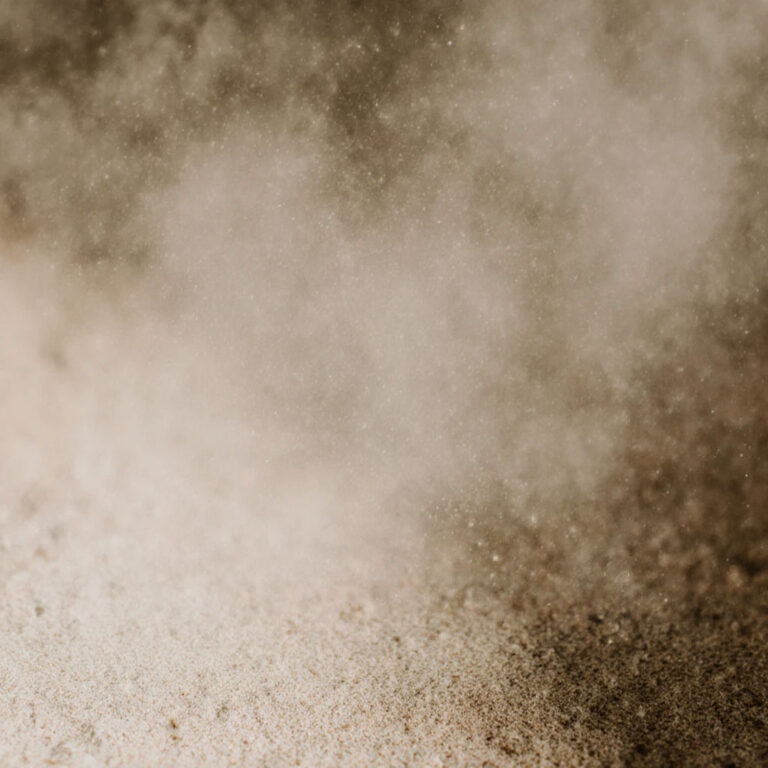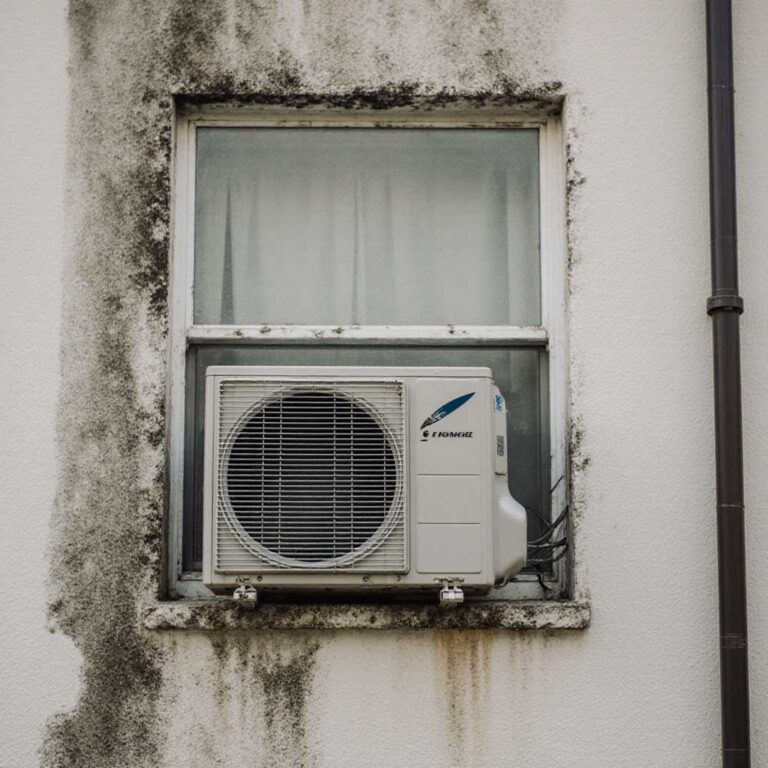You’ve just cleaned the whole house. The floors are spotless, the counters shine, the laundry is folded, yet there’s still that faint smell lingering stubbornly in the kitchen or in the living room.
You’ve seen the ads. Sleek, white towers promising “fresh air in minutes” and “odor-free living.” Air purifiers sound like the magic fix. But do they really work on smells or is it just clever marketing?
Here, we believe in clear answers rooted in research, not hype. By the time you finish reading, you’ll know exactly:
- Which kinds of air purifiers can actually tackle smells (and which can’t)
- Why some odors stubbornly linger even with a purifier running
- How to make air purification part of a practical, healthy home strategy
We’ll even touch on what the EPA says about ozone generators (spoiler: they’re not your odor-fighting hero) and why Consumer Reports warns that HEPA filters alone won’t banish smells without the help of activated carbon.
Smells Aren’t Just Annoying; They’re Telling You Something
Most of us think of odors as a nuisance or something to mask with candles or sprays. But smells are more than just “bad air.” They’re signals.
That faint smoke scent after last week’s backyard bonfire? It means microscopic smoke particles and gases are still hanging in your indoor air. The lingering whiff of paint after a remodel? That’s volatile organic compounds (VOCs) slowly evaporating from your walls and furniture. Even that unmistakable musty smell in a basement? That’s microbial volatile organic compounds (mVOCs), which are chemicals released by active mold growth.
And these signals matter because they point to things you can’t always see. Many VOCs and fine particles can:
- Irritate your lungs, throat, and eyes
- Trigger asthma symptoms or allergic reactions
- Contribute to long-term health risks if exposure is frequent
Recent studies drive the point home. In one Science Advances study on wildfire smoke, researchers found that VOCs from smoke persisted indoors for days even after visible particles were gone. Another review from the National Collaborating Centre for Environmental Health found that only purifiers with activated carbon had any consistent effect on removing VOCs from indoor air.
So, when you smell something, it’s not just about comfort, it’s about what’s in your air, where it’s coming from, and how to address it.
The Truth About Air Purifiers and Smells
Let’s clear the air about some of the most common claims you’ve heard.
Myth 1: HEPA filters remove odors.
Truth: HEPA filters are amazing at trapping tiny particles like dust, pollen, and pet dander but odors aren’t particles, they’re gases. That faint curry smell or lingering smoke? Those are volatile organic compounds (VOCs) floating right past a HEPA filter without being caught. Consumer Reports and the EPA both confirm: unless your purifier also has a gas-absorbing component like activated carbon, you’re just filtering the “dust” part of the problem.
Myth 2: Ozone generators clear smells safely.
Truth: At ozone levels low enough to be safe for humans, the odor-removing effect is minimal to nonexistent. At higher levels that might actually neutralize smells, ozone becomes a lung irritant and a serious health hazard. The EPA and California Air Resources Board (CARB) have repeatedly warned against using ozone generators in occupied spaces.
Myth 3: All air purifiers work for any smell.
Truth: Smells are chemically different. Pet odors, cigarette smoke, moldy basements, and fish cooking all release different types of VOCs. A purifier’s ability to tackle them depends entirely on whether it’s designed for gas-phase pollutants, not just particles. Activated carbon and certain advanced filters excel here; basic particle filters do not.
Why these myths stick
Clever marketing sells the dream of a single, plug-and-play fix. And when you first run a purifier, you might notice some improvement. But as many homeowners discover (“I bought one and still smelled smoke after a week”), not all purifiers are equipped for the job.
Bottom line: An air purifier can be a smell-busting hero but only if it’s built for the specific odors you’re fighting.
How Smell-Removing Purifiers Actually Work
The science behind smell removal doesn’t have to be complicated, but it does have to be specific. Not all purifiers attack odors the same way, and knowing how each technology works can save you time, money, and disappointment.
1. Activated Carbon: The Smell Sponge
Think of activated carbon as a microscopic sponge. It’s full of tiny pores that trap gas molecules, the very things that carry smells, so they stay locked away instead of floating through your air. This is the gold standard for removing common household odors from pets, cooking, smoke, and even mild chemical fumes. The American Society of Heating, Refrigerating and Air-Conditioning Engineers (ASHRAE) considers gas-phase filtration like this essential for real odor control.
2. HEPA:The Particle Catcher
A true HEPA filter is like a net so fine it catches dust, pollen, and even some smoke particles. If an odor is “attached” to a particle (like tar from cigarette smoke), HEPA can help reduce it. But for odors that exist as pure gases, the invisible chemical molecules from paint, mold, or onions, HEPA alone won’t do the job.
3. Special Chemisorbents: The Gas Specialists
Some purifiers go beyond carbon with chemisorbent materials that chemically bond with specific gases. These are especially good for stubborn odors like formaldehyde from new furniture or renovation work.
4. Ionizers, PCO, and UV – The Wild Cards
You might see purifiers using ionizers, photocatalytic oxidation (PCO), or UV light to “break down” odors. While the idea sounds futuristic, research from MIT has shown that PCO, for example, can sometimes create new pollutants like formaldehyde instead of removing them.
Types of Air Purifiers and Their Effectiveness
| Technology | Works On Smells? | Best For | Watch Out For |
| Activated Carbon | Yes | General household odors, smoke, pets | Needs regular replacement |
| HEPA | Sometimes | Particle-bound smells (smoke tar) | Won’t catch pure gases |
| Chemisorbents | Yes | Formaldehyde, VOCs from renovations | Higher cost, specialized |
| Ionizers / PCO / UV | Inconsistent | Marketing hype more than real-world results | May create new pollutants |
Bottom line: Smell removal is a chemistry problem, not just an air-moving problem. The right technology targets the specific molecules causing the smell; anything else is just moving scented air around.
What to Look for When Buying Air Purifiers for Smell Removal
If you’ve ever stood in the air purifier aisle or scrolled through dozens online, then you know that it’s not easy to tell which one will actually work for smells. The secret is knowing what to look for beyond the glossy photos and buzzwords.
Smell-Removal Checklist:
- Substantial activated carbon: According to Consumer Reports, many purifiers use only a thin carbon sheet that can’t hold much odor. Look for models with hundreds of grams of carbon if the specs are listed.
- CADR for gases (if available): While most manufacturers list CADR for particles, the National Institute of Standards and Technology (NIST) has been pushing for a standardized chemical CADR to show gas removal performance.
- ACH for your room size: Ensure the unit’s air changes per hour (ACH) is enough for your space; undersized units won’t keep up with odor production.
- Filter replacement schedule: Carbon saturates fast. Consumer Reports testing shows frequent replacement is essential for ongoing odor control.
- CARB certification (for electronic units): The California Air Resources Board (CARB) certifies air-cleaning devices to ensure they don’t produce harmful ozone, which can worsen respiratory issues.
Why the Smell Sometimes Comes Back
Sometimes the smell disappears only to sneak back a few hours or days later. This isn’t your imagination, it’s chemistry.
VOC “re-emission” explained: Volatile organic compounds can be absorbed into porous materials like walls, carpets, and curtains during a smell event. According to a Science Advances study on smoke VOC persistence, these trapped compounds can later “off-gas” back into the air, even after you’ve cleaned or filtered the room.
The fix:
- Run your purifier continuously so it can keep catching VOCs as they’re released.
- Ventilate with outdoor air when it’s clean enough. Fresh air helps flush stored gases faster.
Mold connection: If a musty smell returns quickly after cleaning, that’s a red flag that the source (active mold) is still present. As the EPA notes, no amount of air cleaning can solve the problem until the mold itself is removed.
Practical Tips to Boost Odor Removal
Buying the right purifier is only half the battle. Using it in the right way (and pairing it with other habits) makes all the difference. Think of your air purifier as a teammate, not a magic wand.
1. Control the source first: If you can stop the odor at its origin, do it. Wipe up cooking spills right away, empty trash regularly, clean litter boxes daily, and when mold is involved, find and fix the leak or moisture problem.
2. Ventilate when the outdoor air is good: Fresh air helps dilute indoor odors. According to the U.S. Environmental Protection Agency (EPA), even a few minutes of open windows during low-pollution hours can lower VOC levels.
3. Deep-clean fabrics and surfaces: Curtains, rugs, couches, and even painted walls can hold onto odor molecules, slowly re-releasing them over time. Washing, steam-cleaning, or replacing heavily saturated items keeps smells from making a comeback.
4. Run your purifier continuously in problem areas: Stopping and starting a purifier lets odors build up again. Keep it on low speed 24/7 for steady air turnover.
Emotional payoff: The small daily habits above make your purifier work smarter, not harder, so your home smells fresher for longer.
Odor Removal That Works (and Stays Gone)
Odor removal isn’t just about masking a bad smell. It’s about targeting the source, filtering the air effectively, and preventing it from coming back.
From activated carbon filters that actually trap odor molecules, to continuous ventilation when outdoor air is safe, to deep-cleaning the fabrics and surfaces that hold on to smells, each step you take adds up to fresher, healthier indoor air.
And if that smell reminds you of musty basements or damp laundry, it might be more than just an inconvenience. It could be a warning sign of mold growth.
FAQ: Your Quick Guide to Smarter Odor Control
Will a HEPA purifier remove pet or cooking smells?
No. A HEPA filter only captures particles. To remove odors, you need an activated carbon filter that traps odor molecules.
Is ozone a good odor remover?
No. At safe household levels, ozone is not effective for odor removal, and at higher levels it poses serious health risks.
Why did the smell come back?
Odors often return when the carbon filter becomes saturated and needs replacement. In some cases, lingering VOCs can also re-emit from surfaces for days.
What spec should I look for?
Choose a purifier with a large carbon mass, a strong air changes per hour (ACH) rating, and, where available, a verified chemical clean air delivery rate (CADR). Always look for CARB-certified electronics.
Next step: Read More
1. Tips to Choose the Best and Top-Rated HEPA Air Purifier
Explains how different filter technologies help reduce odors, mold spores, and other airborne contaminants.
2. The Best Air Purifier I Tested Is Not Made by Coway or Winix
A hands-on review of the Levoit Core 300, highlighting its activated carbon filter designed to absorb odors, alongside HEPA filtration for allergens and particulates.
3. HEPA Filters: The Ultimate Guide to the Best HEPA Filter for Home
Offers a comprehensive look at how HEPA filters work (interception, impaction, diffusion) and when they’re effective at removing odors.
4. Mold Allergies: The Mold Facts
Discusses how mold and its musty smells can exacerbate indoor air quality issues.
5. Mold on Mattress: Detecting and Eliminating Mattress Mold
While focused on mattress mold, this post explains that musty odors come from volatile organic compounds (VOCs) released by mold growth.


